The crowd gathered in the open-air tourist bus were overwhelmed by the massive granite wall towering over us in the Yosemite Valley. This was El Capitan, one of the most iconic and challenging rock-climbing destinations in the world, the setting for the movie Free Solo’s nail-biting documentary of Alex Honnold’s infamous climb.
The bubbly female ranger working as our tour guide had a clear agenda when it came to outlining the history of climbing this imposing rock face. Her attention was focused on a particular climber back in 1993 who became the first person to free climb the tough ‘Nose’ route of El Capitan. With great fanfare the ranger announced that climber was a woman – the well-known Californian sports climber, Lynn Hill. The ranger’s excitement at this announcement prompted cheers from the females in our midst.
There’s nothing wrong with celebrating the awesome achievement of this inspiring athlete but what riled me was how little effort the ranger then made to put Lynn Hill’s historic climb into a broader context – namely the astonishing efforts of male climbers who’ve tackled the same climb since then. Like Alex Honnold who remains the only person to do the climb ‘free solo’, gripping to the face like Spiderman using none of the ropes or protective gear that assisted Hill. Honnold and Tommy Caldwell have climbed El Capitan in less than two hours – compared to the fastest woman doing a free climb up the face, Emily Harrington, who managed it in a single day.
Yes, women are doing remarkably well but their accomplishments pall compared to the very top male climbers. Remember British poet Samuel Johnson’s famous observation of Quaker women preachers in 1763: ‘A woman’s preaching is like a dog walking on his hind legs. It is not done well: but you are surprised to find it done at all.’
We are so stuck on the miracle of women partaking that woe betide anyone who points out that even when women do it well, sometimes men still do it better.
Celebratory claims about women’s achievements are becoming the only permitted public discourse, with women’s greatness constantly reinforced and emphasised. It’s utterly tedious having to put up with the constant crowing about women’s triumphs but even more maddening when bit players become the story simply because they are women.
On a previous trip to California, I was astonished when our tour of the spectacular Hearst Castle paid almost no attention to the extraordinary career of the man who made it all possible – newspaper publisher William Randolph Hearst. Most of the gushing commentary was focused on the female architect, Julia Morgan, who was responsible for the castle design. Look at the women running the place happily boasting that Morgan’s efforts are all tourists need hear about when touring this ironic building, instead of learning about the man whose career success enabled the whole edifice to be created.
With feminists having succeeded so effectively in elevating women’s place in the world, you might have hoped there would come a time when we could afford a little perspective, acknowledgement that women are excelling whilst admitting there’s still territory where men will continue to shine. Remember six years ago when an employee was fired by Google for writing a memo asserting women are underrepresented in the technology industry because ‘preferences and abilities of men and women differ in part due to biological causes’?
After that kerfuffle, naturally the tech industries have been making strenuous efforts to prove him wrong by improving the female representation in their companies. Here’s the Apple boss boasting now of 35 per cent female staff across America. But what they don’t dare talk about is the fact that most of the increased female participation is in sales, admin, or HR. The engineers who actually come up with the goods that make the company so profitable are still 80 per cent nerdy young men – like my nephew.
My visit to California was to attend the wedding of this brilliant relative who spends his days working with his Silicon Valley team to invent incredible new products. Funnily enough, I heard from one of his elderly relatives at the wedding reception that he’d been part of the team who’d developed the alarm system in her Apple watch that called 911 when she had a fall, leading to the ambulance taking her to hospital.
After seeing what happened to Damore after his perfectly sound observations about why women are less likely to make it into the tech world, no one dares point out that for all the strenuous efforts to recruit more women into STEM careers using women-only scholarships and promotions, the numbers making it into the engine room of these world-leading industries have barely changed over the last decade.
It makes me wonder if all the cheering and enthusiasm for women’s achievements masks feminist disappointment in the stubbornly gendered reality – there are areas in life where mainly men remain destined to excel. We are very deliberately being taught to avoid this reality – look at the historical record is being rewritten to exalt female scientists. Naturally, no one dares voice any objection.
There was a very cheeky article published in The Spectator eight years ago entitled, There’s a good reason why there are no great female composers. The author, Damian Thompson, was responding to a push to change the music syllabus to include female composers. He dared to suggest it is important to ask how good the music of female composers is compared to that of men. Here’s a man prepared to stick his neck out, declaring the first movement of Clara Schumann’s concerto is a dud: ‘The first phase is a platitude – nothing good can come of it and nothing does,’ and her G Minor Piano Sonata is ‘embarrassingly banal’. He finds Fanny Mendelssohn’s G Minor Piano Sonata ‘bloody awful’ and describes Judith Weir’s stark scores as sounding ‘as if crucial instrumental parts have gone missing.’ (Funny how we cringe at someone having the effrontery to criticise women in this way but few people seem to mind when men’s work is savaged.)
Thompson rightly points out, ‘If there are no great women composers, that’s because creative geniuses are rare and, in the past so few women wrote music.’ But he concludes, ‘We are stuck in a situation where the barriers to women becoming composers have been removed but they’re still honoured for being women.’
That’s the real point. Must we continue to honour women composers simply for the novelty of them doing this work.
To me this is all rather close to home because my partner is a double bass player in a community orchestra and one of the many thrills in our almost decade-long relationship has been to gain a real appreciation of classical music through attending their concerts.
At least that is what used to happen. But now the wonderful classical pieces are under threat of being frozen out of the programming, to be replaced by all manner of diversity offerings including didgeridoo and smoking ceremonies. The wind section really struggled in the recent outdoor concert when trying to perform through that murky haze.
Then there are the many beaming female composers, delighting in having their undistinguished and indistinguishable pieces performed by a full orchestra. I can’t help but wonder how many in that grey-haired audience are, like me, sitting there yearning for the great music of the past that used to provide such a thrill. I’m pushing for the orchestra to put together some Dead White Male concerts – celebrating the music of the great male composers whose music has delighted audiences for century after century.
Got something to add? Join the discussion and comment below.
Get 10 issues for just $10
Subscribe to The Spectator Australia today for the next 10 magazine issues, plus full online access, for just $10.

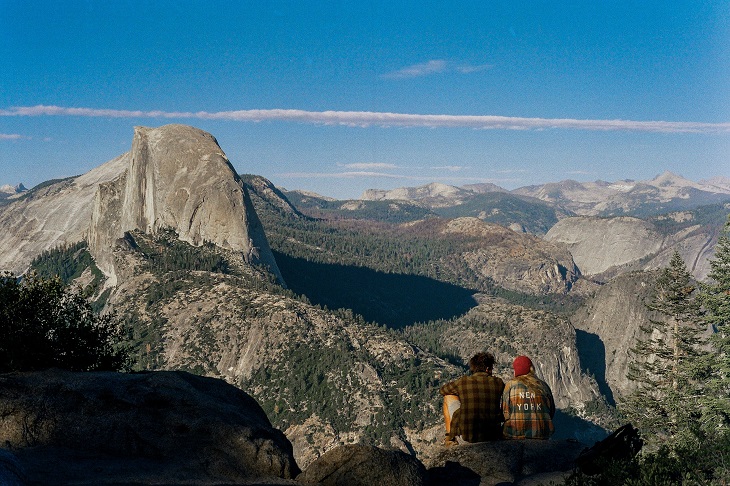
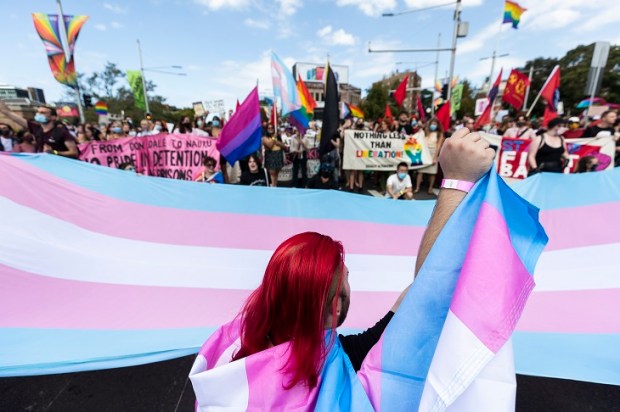
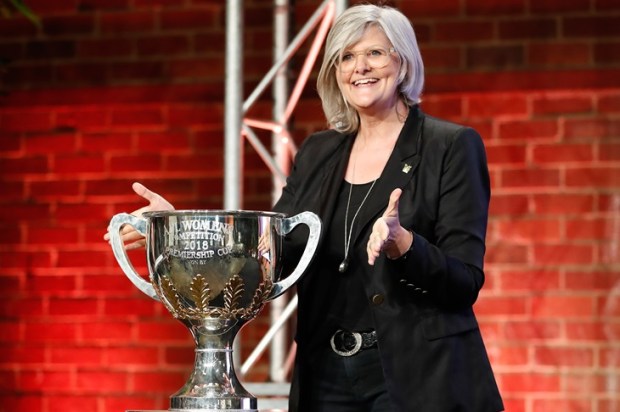

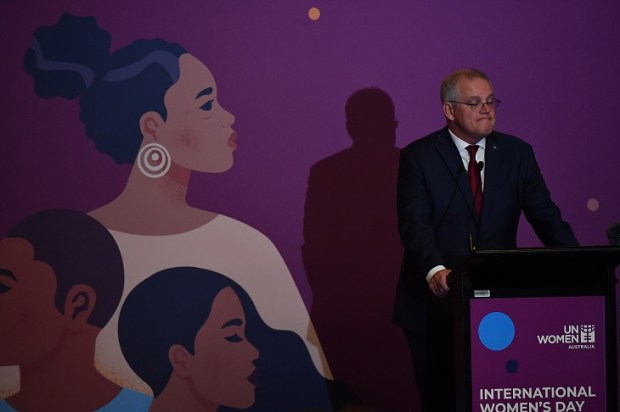








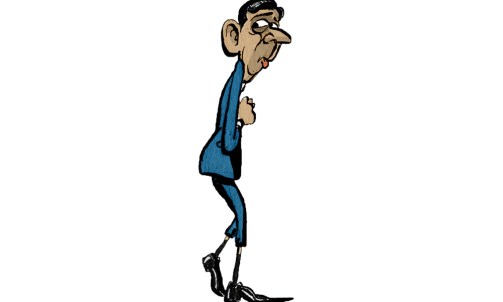
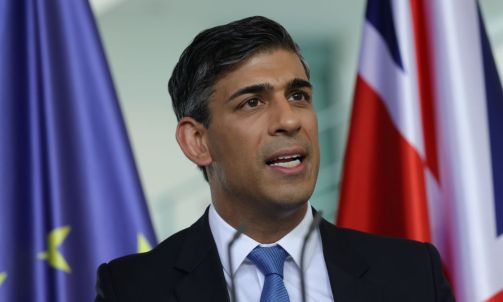
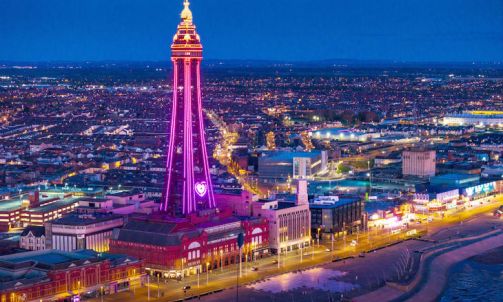

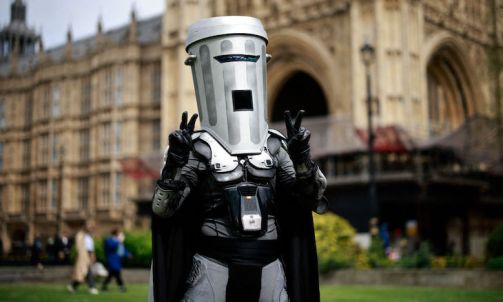
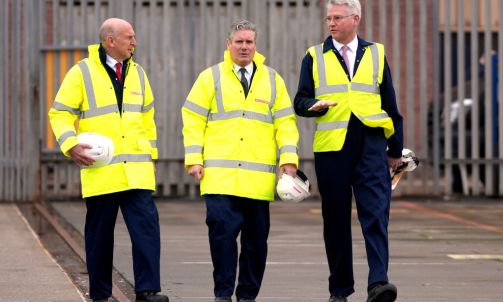






Comments
Don't miss out
Join the conversation with other Spectator Australia readers. Subscribe to leave a comment.
SUBSCRIBEAlready a subscriber? Log in